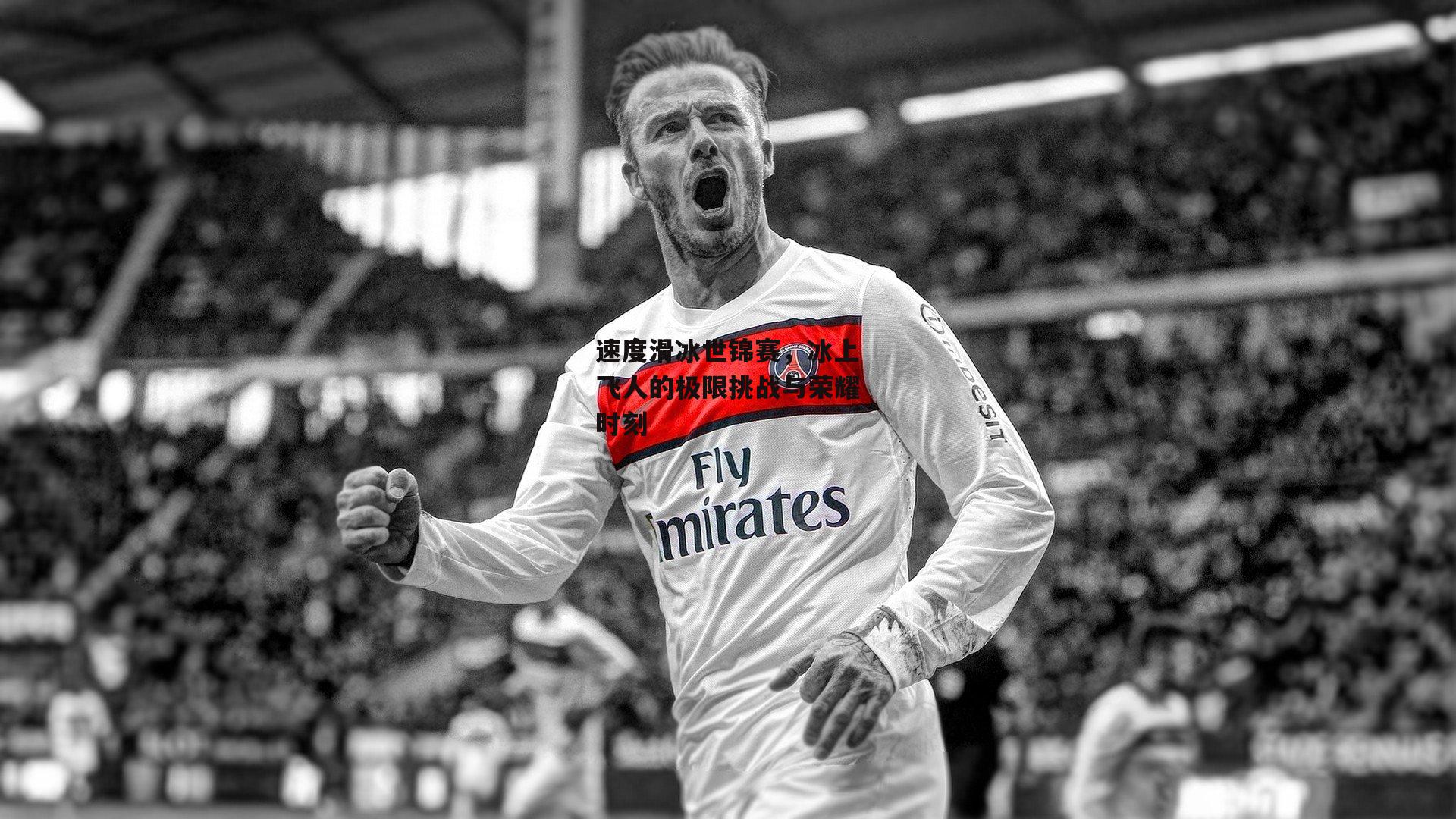在银白色的冰面上,运动员们如离弦之箭般疾驰而过,刀锋划破冰面,留下一道道优美的弧线,速度滑冰,这项融合了力量、技术与速度的冬季运动,近日在世界锦标赛的舞台上再次点燃了全球冰迷的热情,本届世锦赛于挪威的哈马尔举行,来自30多个国家的顶尖选手齐聚一堂,在为期三天的激烈角逐中,不仅刷新了多项纪录,更展现了人类在极限运动中的不屈精神,从短距离的爆发到长距离的耐力比拼,每一场比赛都充满了悬念与激情,让观众们屏息凝神,见证着冰上英雄们的诞生。
速度滑冰的历史可以追溯到几个世纪前的北欧,最初作为一种实用的交通方式,逐渐演变为竞技体育,自19世纪末正式成为国际赛事以来,它已成为冬季奥运会的核心项目之一,本届世锦赛的背景尤为特殊:在经历了全球疫情的干扰后,运动员们重返赛场,带着更强烈的渴望和准备,赛事组织方采取了严格的健康协议,确保比赛在安全的环境中顺利进行,哈马尔的维京人冰场(Vikingskipet)是速度滑冰的圣地之一,曾多次举办世界级赛事,其先进的制冷技术和完美的冰面条件为选手们提供了最佳的竞技平台。
比赛首日,焦点集中在男子500米项目上,来自荷兰的年轻选手托马斯·范德波尔(Thomas van der Poel)以惊人的34.10秒成绩夺冠,这一成绩不仅打破了赛道纪录,还逼近了世界纪录,范德波尔在赛后采访中表示,这一胜利源于他多年来的严格训练和心理调整。“冰面上的每一秒都是与自己的对话,我必须保持绝对的专注和平衡,”他说道,他的对手,挪威的老将埃里克·汉森(Erik Hansen)以微弱差距屈居亚军,但两人在赛场上的友好竞争赢得了观众的掌声,这场比赛不仅展示了短距离项目的爆发力,还凸显了速度滑冰的技术细节:起跑时的爆发、弯道时的倾斜角度,以及冲刺时的节奏控制,每一个环节都至关重要。
紧接着的女子1500米比赛同样精彩纷呈,日本选手佐藤美穗(Miho Sato)以1分52.45秒的成绩摘金,这是她职业生涯的首个世界冠军头衔,佐藤在比赛中采用了独特的战术,前半程保持稳健,后半程突然加速,最终以压倒性优势获胜,她的教练在赛后分析道:“佐藤的成功在于她对体能分配的精确计算和冰面适应能力,速度滑冰不仅仅是比谁更快,更是比谁更聪明。”这场比赛也反映了亚洲国家在速度滑冰领域的崛起,以往由欧美主导的格局正在逐渐改变,中国选手李雪(Xue Li)虽未登上领奖台,但她的第八名成绩创造了个人最佳,显示出中国队在背后的系统性训练成果。
第二天的赛事转向长距离项目,男子10000米和女子5000米成为耐力与意志的考验,在男子10000米中,荷兰名将斯文·克莱默(Sven Kramer)尽管已步入职业生涯晚期,但仍以12分45.30秒的成绩卫冕成功,克莱默的胜利被许多评论员称为“传奇的延续”,他自2007年以来已多次统治这一项目,他的滑行风格以经济高效著称,每一步都最大化利用冰面的反作用力,减少能量损耗,赛后,克莱默坦言:“长距离滑冰是对心理的极致挑战,你必须忍受孤独和痛苦,但冲过终点的那一刻,一切都是值得的。”女子5000米则由加拿大选手伊莎贝拉·怀特(Isabelle White)夺冠,她的成绩为6分50.15秒,刷新了国家纪录,怀特在比赛中克服了中途的失误,展现出顽强的韧性,她的故事激励了许多年轻选手。

团体追逐赛是速度滑冰中的集体项目,强调团队协作和战术执行,在男子团体赛中,挪威队凭借主场优势击败了强大的荷兰队,赢得了金牌,挪威队的队长约翰·奥尔森(Johan Olsen)在赛后表示:“我们花了数月时间磨合节奏和交接技术,今天的胜利是团队精神的胜利。”女子团体赛则由美国队意外夺冠,她们在决赛中以完美的同步性压制了日本队,团体赛不仅增加了比赛的观赏性,还促进了国家间的交流与友谊,许多选手在赛后相互拥抱,彰显了体育的凝聚力壹号娱乐官网入口。
beyond the medals and records, the World Championships highlighted broader themes in speed滑冰,Technological advancements played a key role, with athletes using cutting-edge equipment such as aerodynamic suits and precision-sharpened blades. These innovations, while enhancing performance, also sparked debates on fairness and the essence of sport. Additionally, the event underscored the importance of mental health in elite athletics. Several competitors, including a bronze medalist from Germany, openly discussed the pressures of competition and the need for psychological support, resonating with global conversations on athlete well-being.
environmental sustainability was another focal point. The organizers implemented green initiatives, like using renewable energy to maintain the ice rink and reducing plastic waste, aligning with the International Skating Union's efforts to promote eco-friendly events. This approach not only minimized the carbon footprint but also set a precedent for future tournaments.

As the championships concluded, the spotlight turned to the upcoming Winter Olympics, where these athletes will face even greater challenges. The performances in Hamar served as a crucial benchmark, revealing potential favorites and dark horses. For instance, young talents from Italy and South Korea emerged as ones to watch, suggesting a shifting landscape in the sport.
In summary, the速度滑冰World Championships was more than a mere competition; it was a celebration of human potential and perseverance. From the thunderous applause for record-breakers to the quiet moments of sportsmanship, the event encapsulated the spirit of winter sports. As the ice melts in Hamar, the memories of these glorious battles will inspire a new generation to lace up their skates and chase their own dreams on the frozen track. The journey continues, with each stride pushing the boundaries of what is possible on ice.